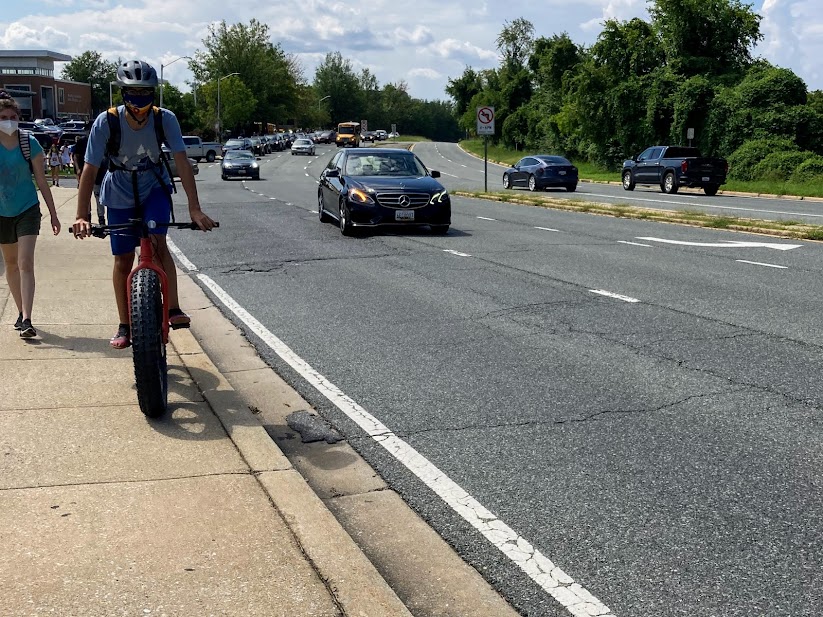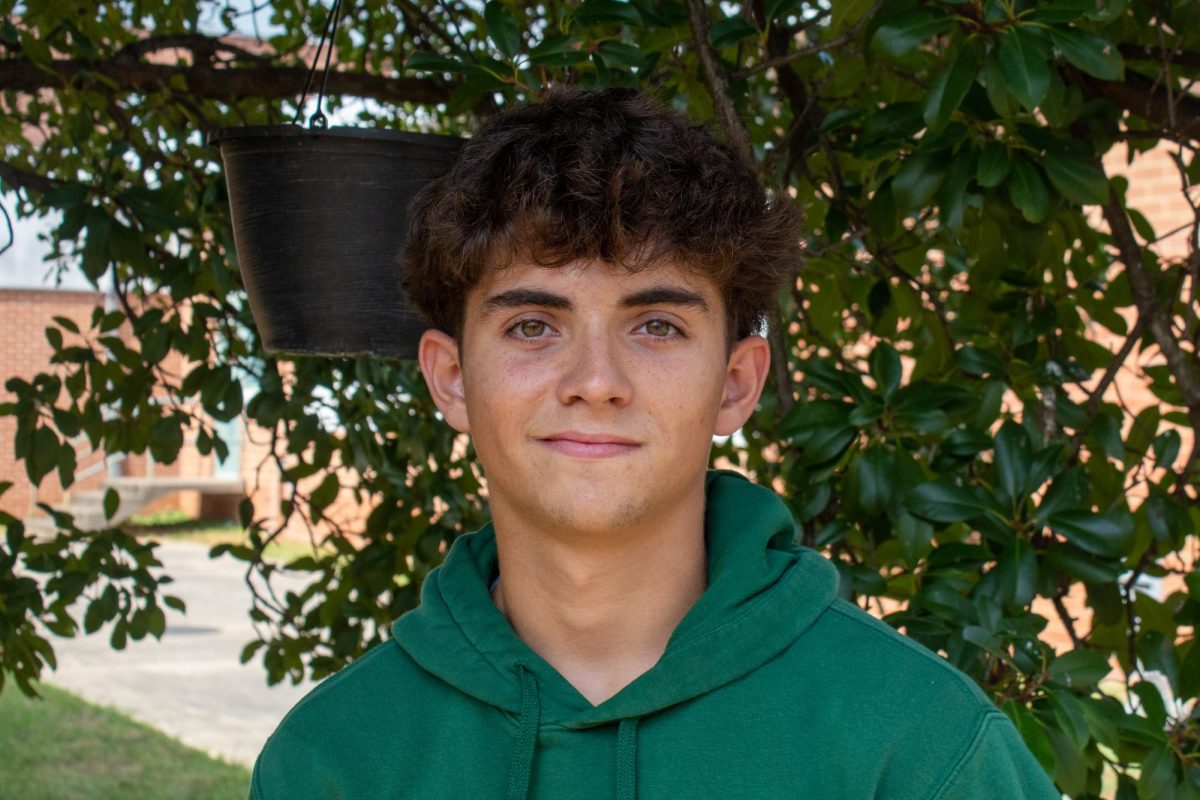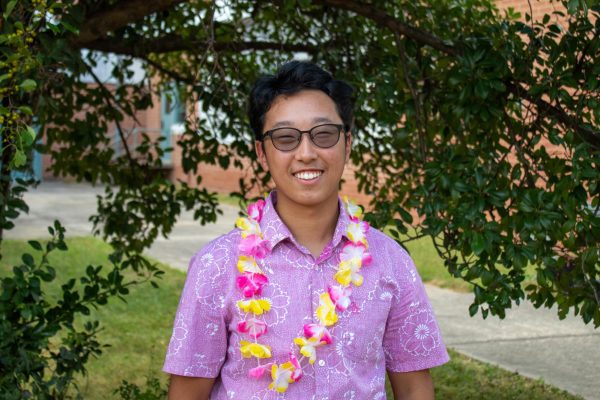7-year-old Ashburton Elementary School first grader Muhammed Saifullah Elsyaf was waiting with his father at his bus stop on Grosvenor Road on the morning of April 6 when an out of control car hit him. Elsyaf died the next afternoon from his critical injuries.
Elsyaf’s death is yet another death in a long string of traffic related deaths in our county in recent years, and is another sign that our roads are not safe.
In August 2019, Churchill HS rising junior Jacob Cassell was struck and killed when he fell off the sidewalk while biking on Old Georgetown Road. A similar incident occurred just blocks down the street on Old Georgetown Road in November of 2019 when a 13-year-old girl was seriously injured when hit by a motorist while cycling.
In December of 2019, a 9-year-old Bradley Hills ES student was hit and killed by a bus driver shortly after being dropped off on a road where there are no sidewalks.
Not even 24 hours after that, WJ senior Eyal Haddad was seriously injured on Montrose Road in North Bethesda while crossing the road to board the school bus. And in November of 2020, WJ student Alberto Barreto was killed around Montrose Road while skateboarding.
These incidents show that horrible traffic accidents are more than just isolated tragedies: they are a part of a widespread problem with our county’s roads and sidewalks.
None of these incidents were purposeful; the debate over whose fault it is for these kinds of accidents can go on indefinitely, but in the end, fault does not matter as much as the end result: pedestrians and cyclists being killed.
In each of these cases, sidewalks with little to no separation between pedestrians and the road have given drivers little margin of error. In Cassell’s case, Cassell was riding his bike on the sidewalk when he fell off the sidewalk into traffic and was hit by a car. The sidewalk on Old Georgetown Road is extremely narrow and there is no separation between the sidewalk and the road with vehicles traveling at speeds upwards of 50 miles per hour.
The sidewalk on Grosvenor Road where Elsyaf was killed is similarly unprotected, and sidewalks on Montrose Road are separated from the road with only a thin strip of grass.
With such little wiggle room for pedestrians and cyclists, the most obvious solution is to increase the margin between the sidewalk and the road. The most effective way to do this is through constructing protected bike lanes, which give cyclists a place to bike without taking the sidewalk or attempting to weave through fast moving traffic and protecting pedestrians from busy traffic mere inches away.
Following the two cyclists incidents on Old Georgetown Road in 2019, the Maryland Department of Transportation State Highway Administration constructed one mile of bike lanes on Old Georgetown Road in summer of 2020.
Although the bike lane still leaves many portions of Old Georgetown Road (especially north of the beltway) still unprotected, since the opening of the bike lane, no pedestrians or cyclists have been injured or killed on Old Georgetown Road.
Some contend that opening bike lanes increases traffic; on Old Georgetown Road, the opening of the seven foot wide bike lane took away one lane of traffic from each lane, making the six lane road a four lane one. However, it has been proven that bike lanes actually decrease traffic, not increase it.
In New York City, when a protected bike lane was installed on Columbus Avenue from 77th to 96th streets, travel times improved for cars along the 20 blocks, decreasing from 4 and a half minutes to 3 minutes.
When biking and walking is safer, more people are willing to get out of their cars and start biking and walking places, reducing the number of cars on the road and therefore lessening traffic.
And bike lanes are proven to reduce traffic related deaths too. New York City’s protected bike lane on Ninth Avenue led to an overall 58% reduction in injuries for cyclists and pedestrians.
With our roads continuing to kill cyclists and pedestrians, we must take action to achieve the county’s goal of Vision Zero: zero traffic related fatalities by 2030. But for now, that goal appears to be a long way off. We know what the solutions are. The question is: how many more lives is it going to take for the county and state to implement these solutions?









































